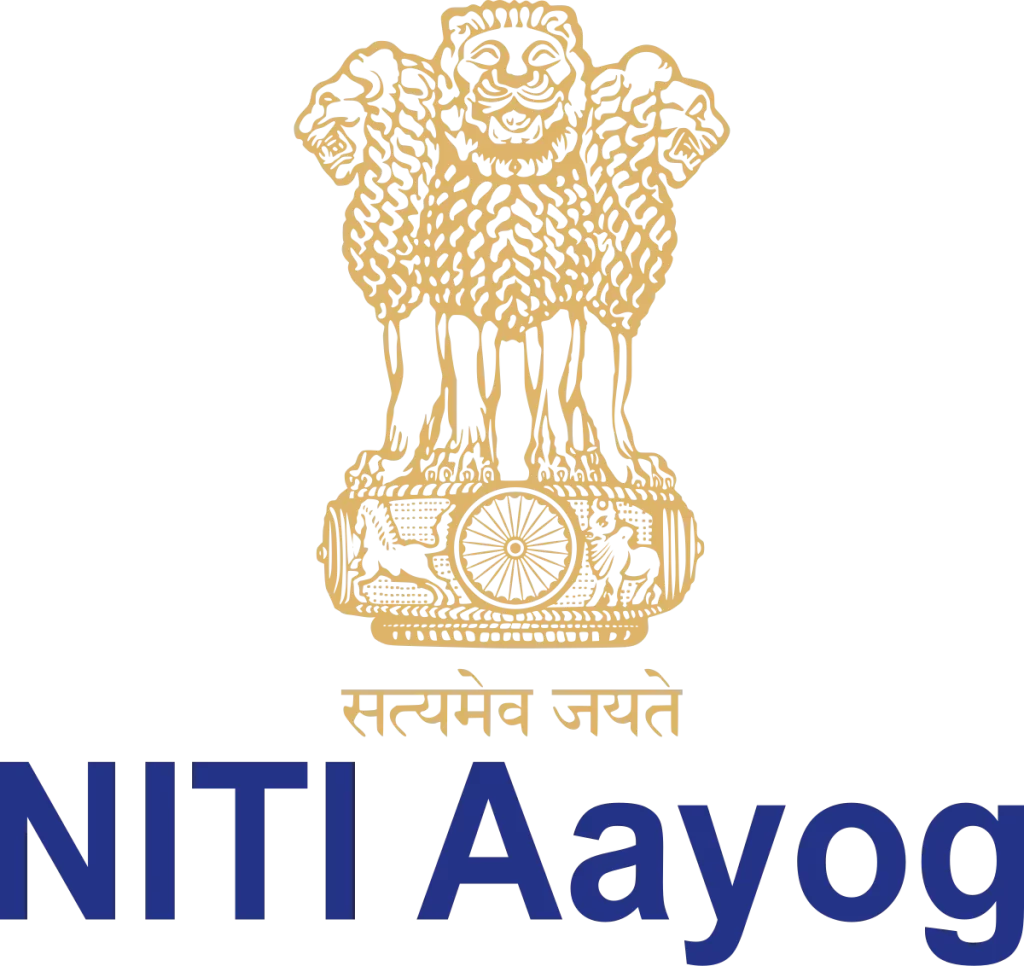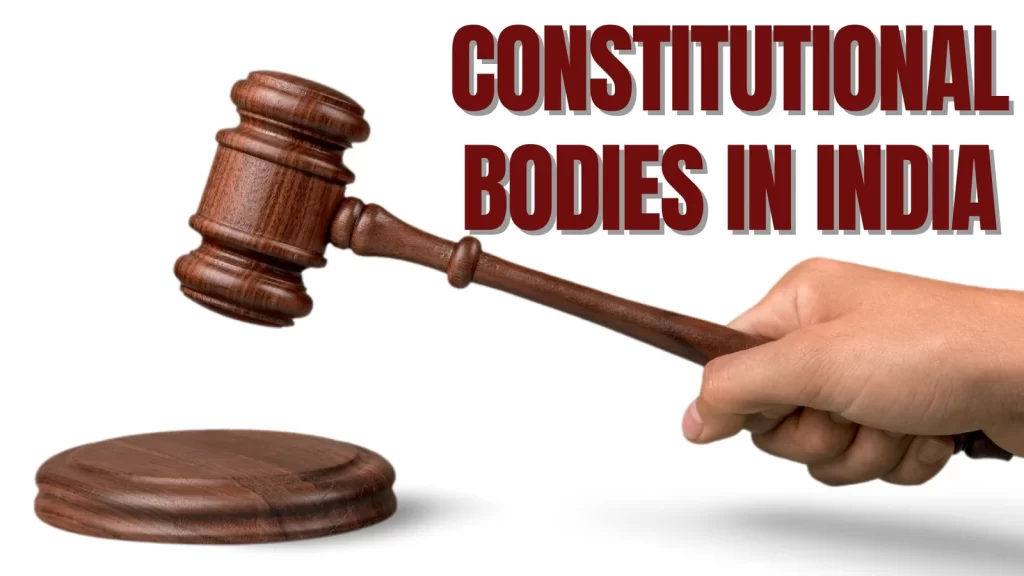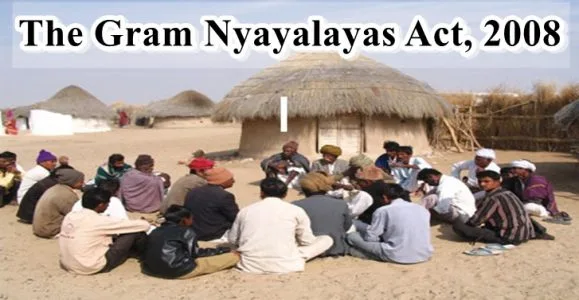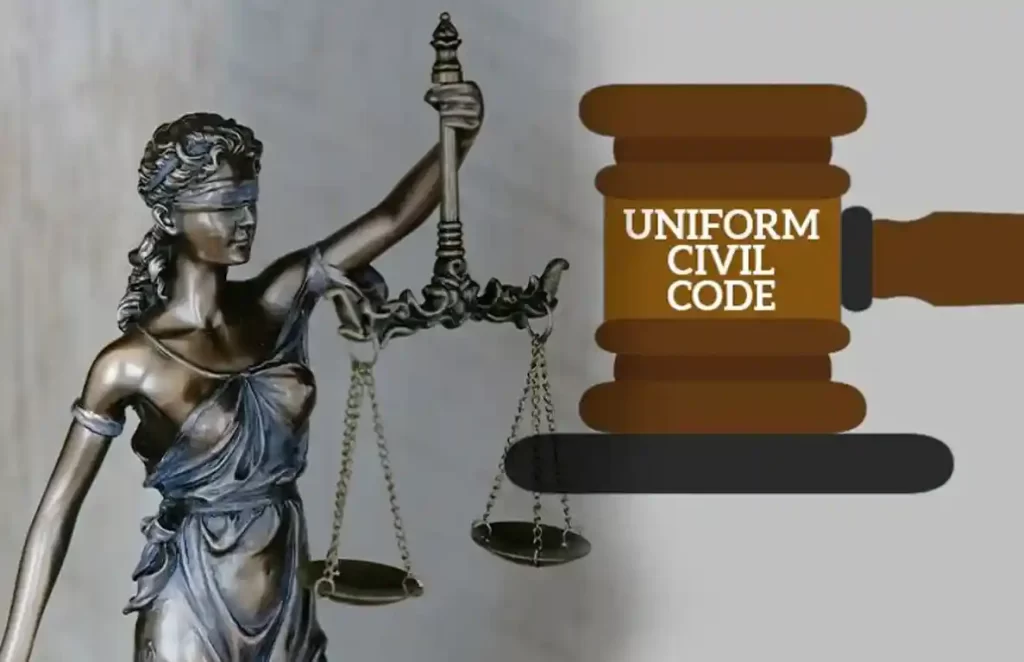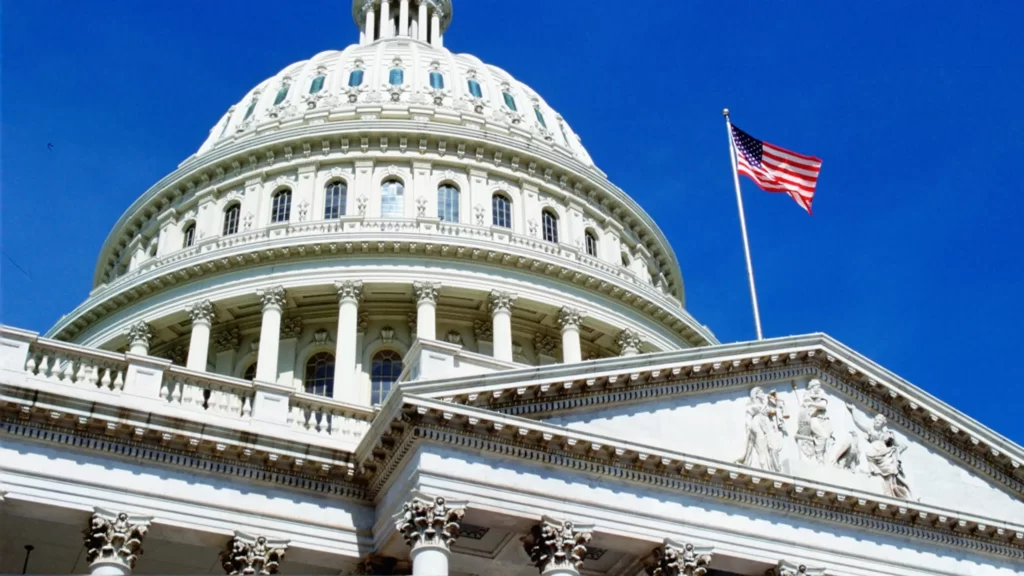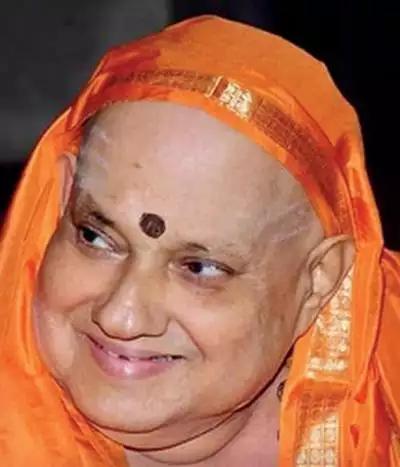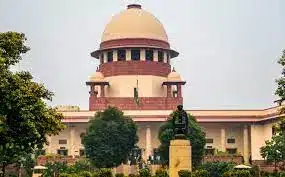Indian Constitution
India, also known as Bharat, is a Union of States. It is a Sovereign Socialist Secular Democratic Republic with a parliamentary system of government.
The Indian Constitution was approved by the Constituent Assembly on November 26, 1949, and took effect on January 26, 1950. It provides for a Parliamentary form of government which is federal in structure with certain unitary features.
The Indian Constitution was amended several times. The 42nd Amendment Act of 1976 is known as the “Mini Constitution” because it made a large number of changes in the various parts of the Constitution.
The Constitution of India is the supreme legal authority which binds the legislative, executive, and judicial organs of government. The Constitution grants all citizens Fundamental Rights and empowers the independent judiciary to invalidate legislations or government actions which violate the Constitution. Some of the other key features of the Constitution are a federal system of governance between the Union and the States, separation of powers between the three organs of the Government, free and fair elections, equality before the law, and a secular state that recognizes freedom of conscience and religion. Let us discuss salient features of our constitution in this article.
Salient Features of the Indian Constitution
Largest Written Constitution:
- The Constitution of India is the lengthiest of all the written Constitutions of the world. It is a very comprehensive, elaborate, and detailed document.
- Originally (1949), the Constitution contained a Preamble, 395 Articles (divided into 22 Parts) and 8 Schedules.
- Presently (2021), it consists of a Preamble, about 470 Articles (divided into 25 Parts) and 12 Schedules. It has been amended 105 times; the latest amendment became effective on 15 August 2021.
Reasons for Vastness:
- Geographical factors, that is, the vastness of the country and its diversity.
- Historical factors, e.g., the influence of the Government of India Act, 1935, which was bulky.
- Single Constitution for both the Centre and the states.
- The dominance of legal luminaries in the Constituent Assembly.
- Detailed administrative provisions.
Sovereign Socialist, Secular, Democratic, and Republic:
According to the Preamble, India is a Sovereign, Socialist, Secular, Democratic Republic.
- Sovereign: The word Sovereign emphasizes that India is no longer dependent upon any outside authority.
- Socialist: The term “Socialist” has been inserted in the Preamble by the Constitution 42nd Amendment Act, 1976. In general, it means some form of ownership of the means of production and distribution by the State. India has chosen a mixed economy and now drifting towards privatization.
- Secularism: The term Secularism means a State which has no religion of its own as a recognized religion of the State. It treats all religions equally.
- Democratic: The term “democratic” indicates that the Constitution has established a form of Government that gets authority from the will of the people. The rulers are elected by the people. Justice, liberty Equality, and Fraternity are the essential features of democracy.
- Republic: The term Republic signifies that there shall be an elected head of the State who will be the Chief Executive Head. The President of India, unlike the British King or Queen, is not a hereditary monarch but an elected person chosen for a limited period. It is an essential ingredient of a Republic.
A Blend of Rigidity and Flexibility:
- The Constitution of India is neither rigid nor flexible, but a synthesis of both.
- Article 368 provides for two types of amendments:
- Some provisions can be amended by a special majority of the Parliament, i.e., a two-thirds majority of the members of each House present and voting, and a majority of the total membership of each House.
- Some other provisions can be amended by a special majority of the Parliament and with the ratification by half of the total states.
- Some provisions of the Constitution can be amended by a simple majority of the Parliament in the manner of ordinary legislative process.
- These amendments do not come under Article 368.
Federal System with Unitary Bias:
- The Constitution of India establishes a federal system of Government.
- It contains all the usual features of a federation, viz., two Governments, division of powers, written Constitution, the supremacy of Constitution, rigidity of Constitution, independent judiciary and bicameralism.
- However, the Indian Constitution also contains a large number of unitary or non-federal features, viz., a strong centre, single constitution, single citizenship, flexibility of constitution, integrated judiciary, the appointment of state governor by the centre, all-India services, emergency provisions and so on.
- The term ‘Federation’ has nowhere been used in the constitution.
- Article 1, on the other hand, describes India as a ‘Union of States’ which implies two things:
- Indian Federation is not the result of an agreement by the states.
- No state has the right to secede from the federation.
- The Indian Constitution has been variously described as ‘federal in form but, unitary in spirit’, ‘quasi-federal’ by K.C. Wheare, ‘bargaining federalism’ by Morris Jones, ‘co-operative federalism’ by Granville Austin, ‘federation with a centralising tendency’ by Ivor Jennings.
Parliamentary Form of Government:
- The Constitution of India has opted for the British Parliamentary System of Government rather than the American Presidential System of Government.
- The Constitution establishes the parliamentary system not only at the Centre, but also in the states.
- The features of parliamentary government in India are:
- Presence of nominal and real executives
- Majority party rule
- Collective responsibility of the executive to the legislature
- Membership of the ministers in the legislature
- Leadership of the Prime Minister or the Chief Minister
- Dissolution of the lower House (Lok Sabha or Assembly)
- Even though the Indian parliamentary system is largely based on the British pattern, the two have some fundamental differences.
- For example, the Indian Parliament is not a sovereign body like the British Parliament.
- The Indian State has an elected head (republic) while the British State has a hereditary head (monarchy).
Synthesis of Parliamentary Sovereignty and Judicial Supremacy:
- The doctrine of sovereignty of Parliament is associated with the British Parliament, while the principle of judicial supremacy is with that of the American Supreme Court.
- The American Constitution provides for ‘due process of law’ against the ‘procedure established by law’ contained in the Indian Constitution (Article 21).
- Therefore, the framers of the Indian Constitution have preferred a proper synthesis between the British principle of parliamentary sovereignty and the American principle of judicial supremacy.
- The Supreme Court, on the one hand, can declare parliamentary laws as unconstitutional through its power of judicial review.
- On the other hand, the Parliament can amend the major portion of the constitution through its constituent power.
Integrated and Independent Judiciary:
- The Indian Constitution establishes a judicial system which is integral and independent.
- The Supreme Court stands at the top of the integrated judicial system in the country. Below it, there are high courts at the state level.
- Under a high court, there is a hierarchy of subordinate courts, that is, district courts and other lower courts.
- This single system of courts enforces both the central laws as well as the state laws.
- The Supreme Court is a federal court, the highest court of appeal, the guarantor of the fundamental rights of the citizens, and the guardian of the constitution.
- The Constitution has made various provisions to ensure its independence including the security of tenure of the judges, fixed service conditions for the judges, etc.
Rule of Law
- According to this axiom, people are ruled by law but not by men, that is, the basic truism that no man is infallible. The axiom is vital to a democracy.
- More important is the meaning that law is sovereign in democracy.
- The chief ingredient of law is custom which is nothing but the habitual practices and beliefs of common people over a long number of years.
- In the final analysis, the rule of law means the sovereignty of the common man’s collective wisdom.
- Apart from this crucial meaning, the rule of law means a few more things like:
- There is no room for arbitrariness
- Each individual enjoys some fundamental rights, and
- The highest judiciary is the final authority in maintaining the sanctity of the law of the land.
- The Constitution of India has incorporated this principle in Part III and in order to provide meaning to Article 14 (all are equal before the law and all enjoy equal protection of laws), the promotion of Lok Adalats and the venture of the Supreme Court known as “public interest litigation” have been implemented.
- Also, as per today’s law of the land, any litigant can appeal to the presiding judicial authority to argue the case by himself or seek legal assistance with the help of the judiciary.
Fundamental Rights:
Fundamental Rights are incorporated in part III of the Indian Constitution. This idea of incorporating the Bill of Rights has been taken from the Constitution of the United States.
- These rights impose limitations on the powers of the State. The State cannot take away or abridge these Fundamental Rights of the citizens guaranteed by the Constitution.
- If it passes such a law it may be declared unconstitutional by the Courts.
- The Supreme Court is empowered to grant the most effective remedies like Writs of Habeas Corpus, Mandamus, Prohibition, Quo Warranto, and Certiorari whenever these rights are violated.
- However, the Fundamental Rights are not absolute. They are subjected to certain restrictions, based on some social interests.
Directive Principles of State Policy:
- According to Dr. B.R. Ambedkar, the Directive Principles of State Policy is a ‘novel feature’ of the Indian Constitution.
- They are enumerated in Part IV of the Constitution.
- They can be classified into three broad categories:
- Socialistic
- Gandhian
- Liberal-intellectual.
- Unlike the Fundamental Rights, the directives are non-justiciable, that is, they are not enforceable by the courts for their violation.
- The Constitution itself declares that ‘these principles are fundamental in the governance of the country and it shall be the duty of the state to apply these principles in making laws’.
Fundamental Duties:
- The original constitution did not provide for the Fundamental Duties of the citizens.
- These were added during the operation of internal emergency (1975–77) by the 42nd Constitutional Amendment Act, 1976 on the recommendation of the Swaran Singh Committee.
- The 86th Constitutional Amendment Act, 2002 added one more fundamental duty.
- The Part IV-A of the Constitution (which consists of only one Article 51-A) specifies the eleven Fundamental Duties.
- The fundamental duties serve as a reminder to citizens that while enjoying their rights, they have also to be quite conscious of the duties they owe to their country, their society, and to their fellow citizens.
- These are also non-justiciable in nature.
A Secular State:
- The Constitution of India stands for a Secular State.
- It does not uphold any particular religion as the official religion of the Indian State.
- The Indian Constitution embodies the positive concept of secularism, i.e., giving equal respect to all religions or protecting all religions equally.
Universal Adult Franchise:
- The Indian Constitution adopts universal adult franchise as a basis of elections to the Lok Sabha and the state legislative assemblies.
- Every citizen who is not less than 18 years of age has a right to vote without any discrimination of caste, race, religion, sex, literacy, wealth, and so on.
- The voting age was reduced to 18 years from 21 years in 1989 by the 61st Constitutional Amendment Act, 1988.
Single Citizenship:
- The Indian Constitution is federal and envisages a dual polity (centre and state) but it provides for only a single citizenship, that is Indian citizenship.
- In India, all citizens irrespective of the state in which they are born or reside enjoy the same political and civil rights of citizenship all over the country and no discrimination is made between them.
Independent Bodies:
The Indian Constitution establishes independent bodies as key pillars safeguarding the democratic system of government in India:
- Election Commission to ensure free and fair elections
- Comptroller and Auditor-General of India to audit the accounts of the central and state governments.
- Union Public Service Commission to conduct examinations for recruitment to all-India services and higher Central services and to advise the President on disciplinary matters.
- State Public Service Commission in every state to conduct examinations for recruitment to state services and to advice the governor on disciplinary matters.
Emergency Provisions:
- The Indian Constitution contains elaborate emergency provisions to enable the President to meet any extraordinary situation effectively.
- The rationality behind the incorporation of these provisions is to safeguard the sovereignty, unity, integrity and security of the country, the democratic political system and the Constitution.
- The Constitution envisages three types of emergencies:
- National emergency on the grounds of war or external aggression or armed rebellion (Article 352).
- State emergency (President’s Rule) on the ground of failure of constitutional machinery in the states (Article 356) or failure to comply with the directions of the centre (Article 365).
- Financial emergency on the ground of threat to the financial stability or credit of India (Article 360).
Three-tier Government:
- Originally, the Indian Constitution provided for a dual polity and contained provisions with regard to the organisation and powers of the Centre and the states.
- The 73rd and 74th Constitutional Amendment Acts, 1992 have added a third-tier of Government (i.e., local) which is not found in any other Constitution of the world.
- The 73rd Amendment Act, 1992 gave constitutional recognition to the panchayats (rural local governments) by adding a new Part IX and a new Schedule 11 to the Constitution.
- The 74th Amendment Act, 1992 gave constitutional recognition to the municipalities (urban local governments) by adding a new Part IX-A and a new Schedule 12 to the Constitution.
Co-operative Societies:
The 97th Constitutional Amendment Act, 2011 gave constitutional status and protection to co-operative societies.
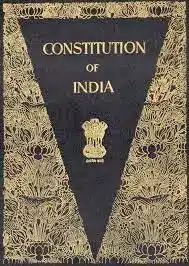
Also refer:
- Vedic Literature
- Vedic Period
- Download the pdf of Important MCQs From the History Of Ancient India
- List Of Important Inscriptions In India

